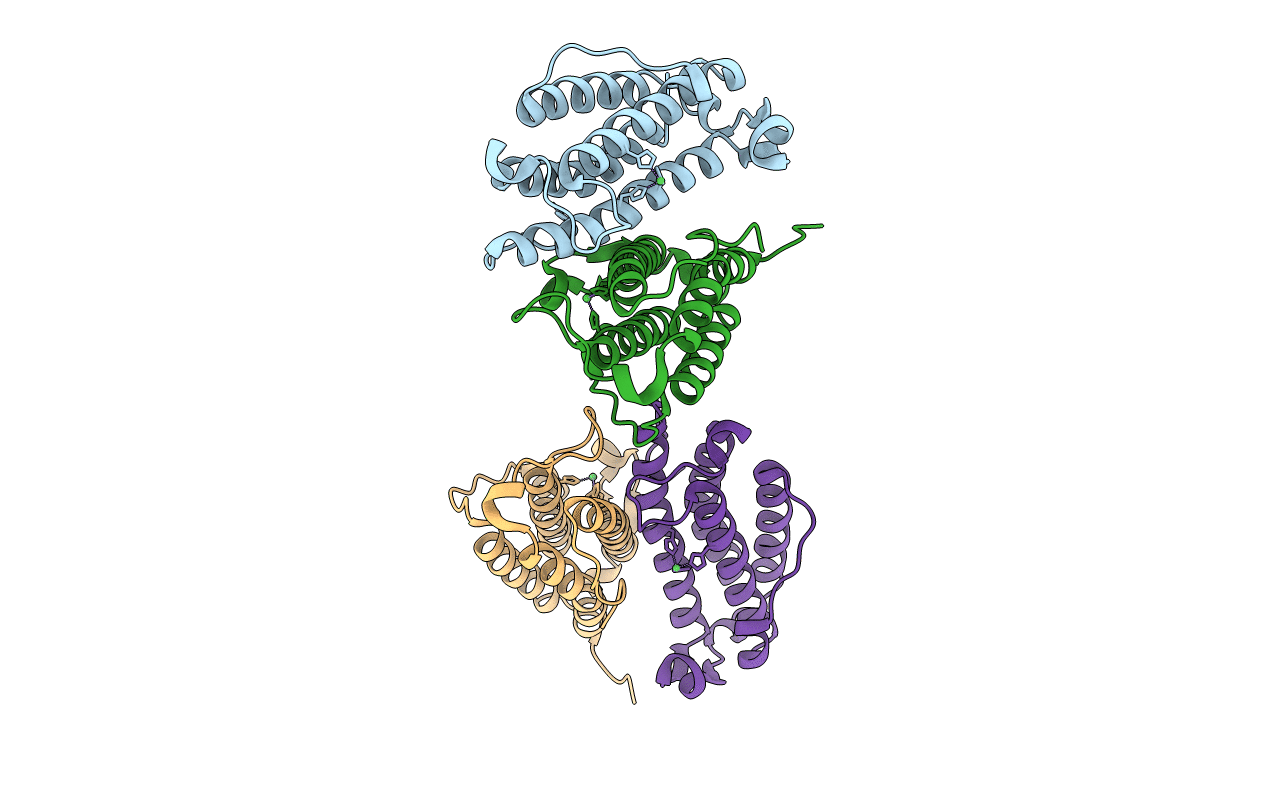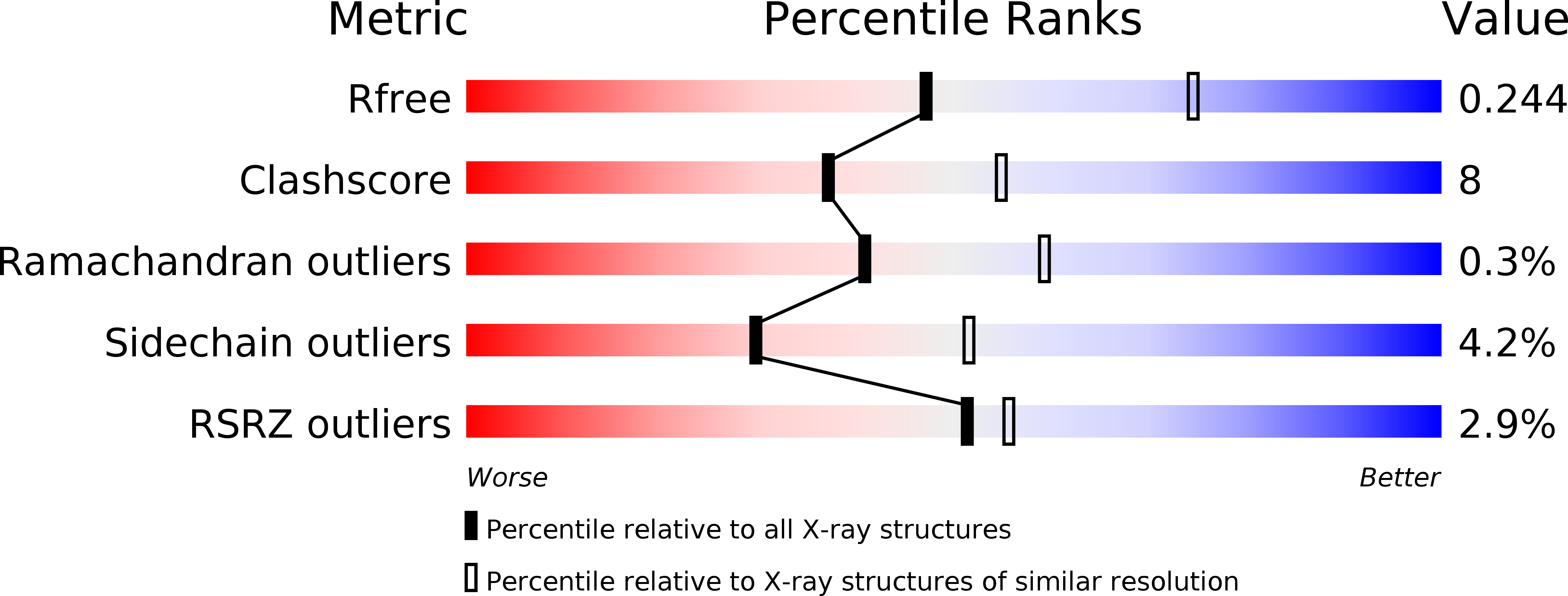
Deposition Date
2009-03-19
Release Date
2009-05-19
Last Version Date
2024-10-30
Entry Detail
PDB ID:
3GOR
Keywords:
Title:
Crystal structure of putative metal-dependent hydrolase APC36150
Biological Source:
Source Organism:
Geobacillus stearothermophilus (Taxon ID: 1422)
Host Organism:
Method Details:
Experimental Method:
Resolution:
2.51 Å
R-Value Free:
0.24
R-Value Work:
0.18
R-Value Observed:
0.18
Space Group:
P 21 21 21


